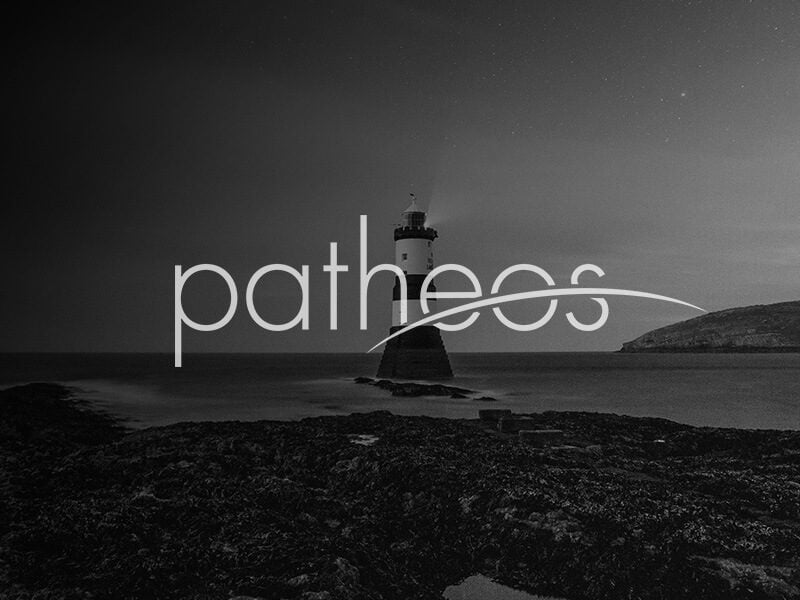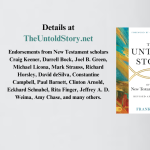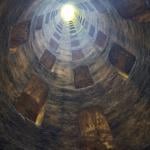Blind workers assemble the pens in factories in Wisconsin and North Carolina under the brand name Skilcraft as part of a 72-year-old legislative mandate. The original 16-page specifications for the pen are still in force: It must be able to write continuously for a mile and in temperatures up to 160 degrees and down to 40 degrees below zero.
It has been used in war zones and gas stations, and was designed to fit undetected into U.S. military uniforms. According to company lore, the pen can stand in for a two-inch fuse and comes in handy during emergency tracheotomies. . . .
The unassuming pen stamped with the words “SKILCRAFT U.S. GOVERNMENT” in white letters has endured despite quantum leaps in communications technology that have rendered lesser tools obsolete. Taking over from the fountain pen, it has withstood the advent of the rubberized “comfort grip” and the freely flowing gel ink, not to mention computers, instant messages and smartphones. The U.S. Postal Service alone orders 700,000 a year. . . .
The original design — brass ink tube, plastic barrel not shorter than 4 5/8 inches, ball of 94 percent tungsten carbide and 6 percent cobalt — has changed little over the decades. It costs less than 60 cents.
The pen’s roots date to the Depression. The 1938 Wagner-O’Day Act required the federal government to buy certain products made by the blind, thereby creating jobs for a then-marginalized population. First came mops and brooms, but the program eventually expanded to include a full line of cleaning and office supplies under the brand name Skilcraft. In fiscal 2009, the program, now known as AbilityOne, raked in a record $658.5 million in sales of products and services.

The pens account for about $5 million in sales each year. About 60 percent of business is from the military, but the Agriculture, Commerce and Justice departments are all reliable customers, according to NIB. The pens are primarily issued through government agencies, though civilians can buy them by request through some retail stores. . . .
Part of the pen’s cult appeal comes from its writing capabilities. Among other things, the original General Services Administration requirements for items FSC 7520 (the ballpoint pen) and FSC 7510 (the refill) dictated that:
— The ink cartridge shall be capable of producing under 125 grams of pressure a line not less than 5,000 feet long.
— Blobs shall not average more than 15 per 1,000 feet of writing, with a maximum of 25 for any 1,000-foot increment.
— Writing shall not be completely removed after two applications of chemical bleach.
The pens have also spawned their own folklore. The length of the pen is said to be equivalent to 150 nautical miles on Navy maps, helping pilots navigate in a pinch. The metal tip has reportedly been cited as the maximum length for a woman’s fingernails in the military.
Chuck Lange, chief executive of Industries for the Blind in Milwaukee, said that the pens can write upside down and that they have been used in Iraq and Afghanistan.
via Low-tech Skilcraft pens endure in a high-tech world.
What are some other good, basic, but high-quality products like this?














God’s alien work and His proper work
In our Sunday morning Bible class, we are studying Luther’s Commentary on Genesis. That work is an example of Luther at his best. His expositions of Scripture are stunning in their depth and insight. And here we find explanations of some of his key theological ideas, including the three estates (household, church, and state) and his doctrine of vocation.
Sunday we learned about God’s blessing of Noah after the flood and this distinction: God’s “proper work,” because it best expresses His nature, is to give life, grace, and love. He does indeed punish sin, but this is his “alien” work.
This distinction, related to that between Law and Gospel, is a recurring theme in Luther’s theology. He refers to this text from Isaiah:
I think it’s important to realize this about God–something probably only knowable through His revelation in the Incarnate Son–that His deepest nature is life-giving, expressed in the Gospel, and that His wrath, while very real, being a function of His holiness, is somehow alien to His nature, though something He uses to bring us to Himself. I think some people have the opposite idea, that God is intrinsically wrathful, though He makes exceptions to some.